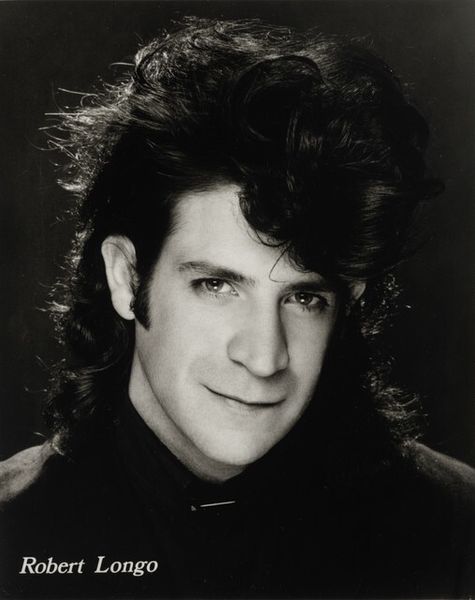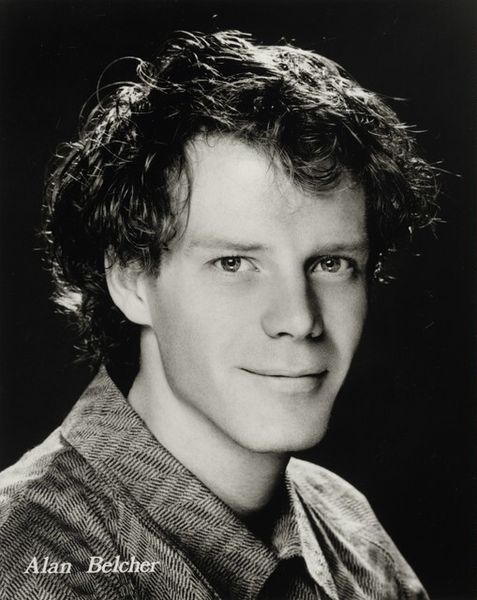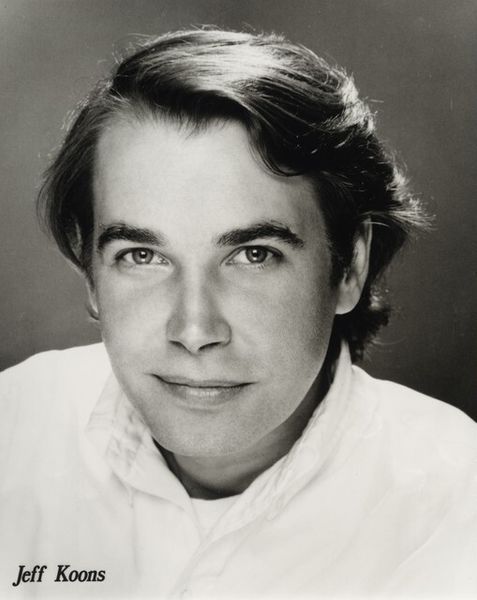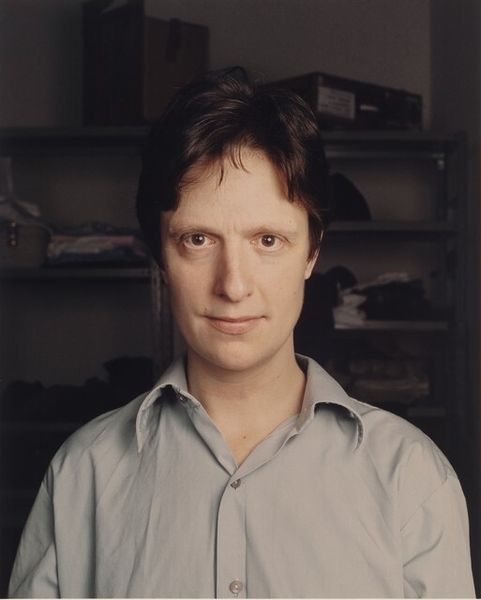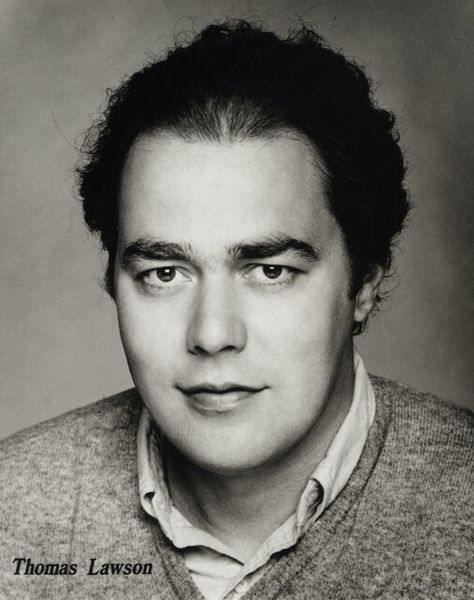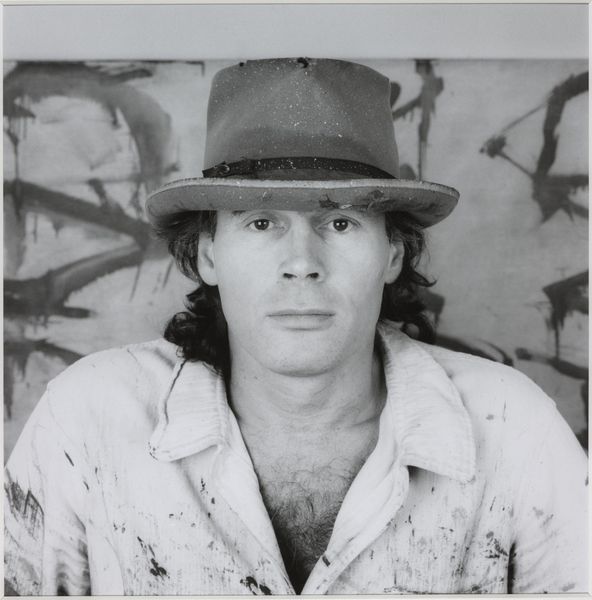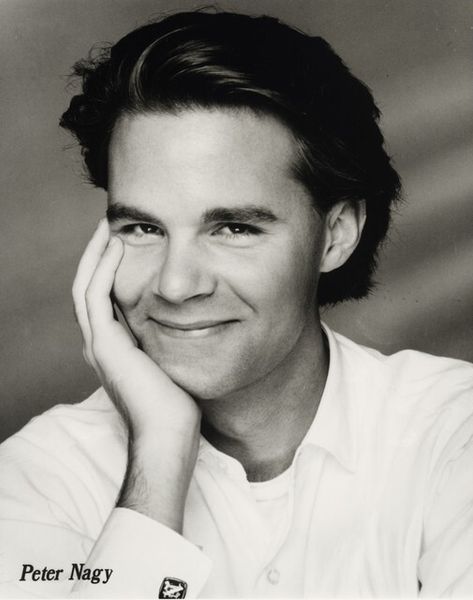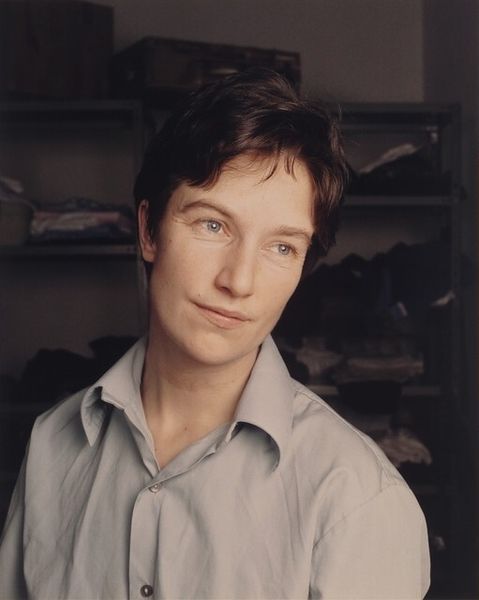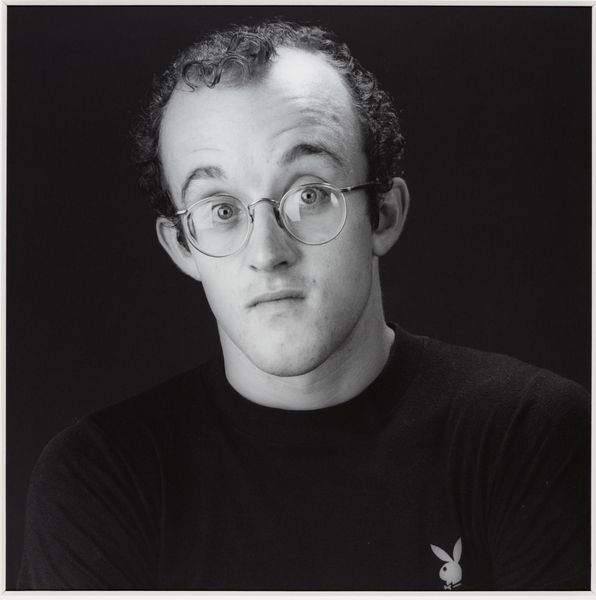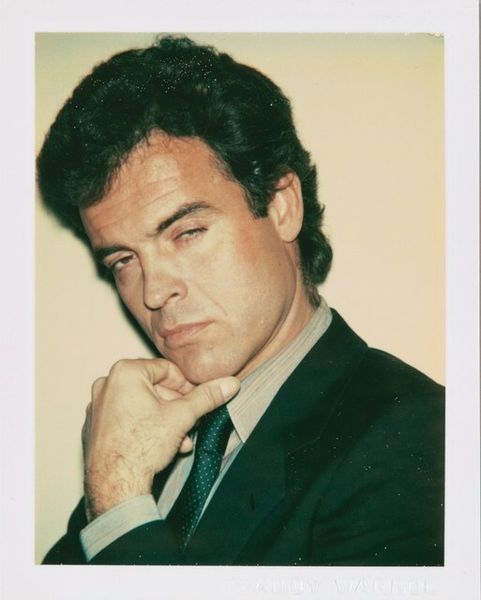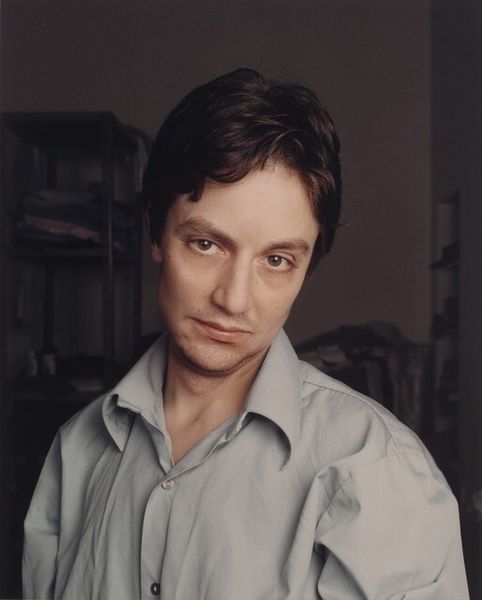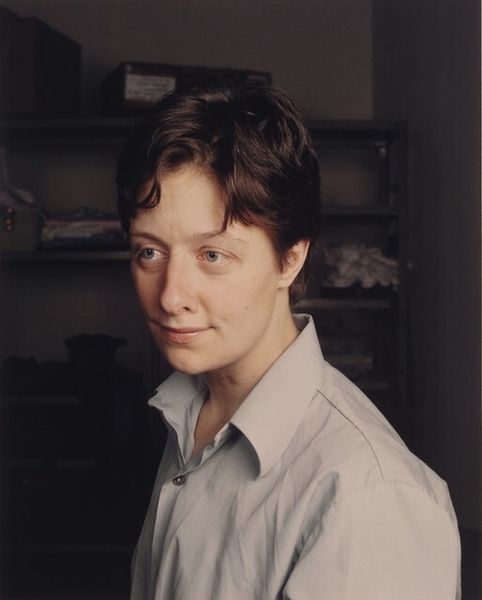
photography, gelatin-silver-print
#
portrait
#
portrait
#
photography
#
gelatin-silver-print
Dimensions: image/sheet: 25.4 × 20.32 cm (10 × 8 in.) framed: 27.31 × 22.23 cm (10 3/4 × 8 3/4 in.)
Copyright: National Gallery of Art: CC0 1.0
Editor: We’re looking at “Allan McCollum,” a 1986 gelatin-silver print photograph by David Robbins. It’s a black and white portrait… straightforward, almost stark. What strikes me is how directly McCollum, the subject, looks at the viewer. What do you see in this piece? Curator: The direct gaze is certainly key. It's not just *seeing,* it’s about being seen. Photographic portraits, especially those from the 80s, often played with notions of celebrity and identity construction. But the use of gelatin-silver, a classic, almost antiquated technique even then, layers another element. It's about invoking a history, a weight. Do you sense a tension between the contemporary subject and the historical medium? Editor: Definitely. There's something timeless about it, despite obviously being from the '80s. So, is the choice of medium intentionally referencing earlier portraiture? Curator: Precisely. Robbins is tapping into cultural memory. The portrait format, refined over centuries, carries its own symbolic baggage. It begs the question: what are we meant to remember, or perhaps, what are we meant to *believe* about Allan McCollum based on this image? Is he an artist? A celebrity? Someone more profound than the simple image suggests? Editor: So, it's less about capturing his likeness and more about the idea of "portrait" itself. Curator: Yes, consider how portraiture historically functioned to convey status and power. By using this established visual language, Robbins asks us to reflect on how we decode visual cues and project meaning onto images. The symbols inherent in such a stripped down depiction. Do you feel that invites us to invest our own stories? Editor: It does! I'd never thought about how much the *idea* of a portrait influences how we see someone. Thanks for pointing that out! Curator: It’s in the looking, the pondering, the realization that images, like all symbols, have a past that shapes how we see the present.
Comments
No comments
Be the first to comment and join the conversation on the ultimate creative platform.
